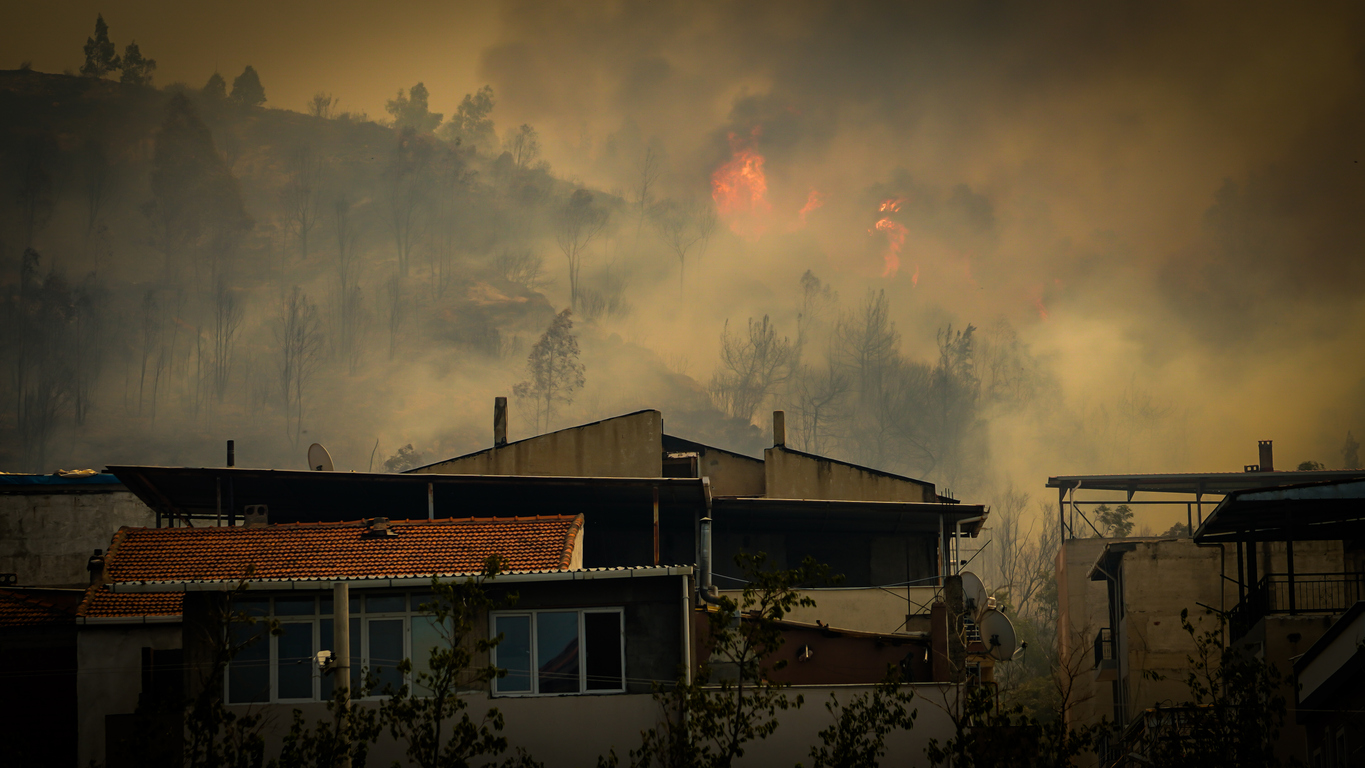In a recent conference on Class Actions and Aggregate Litigation,1 a recent trend in Class Actions was discussed that could have a significant affect on the property damage insurance claims handling industry:
(i) “Private regulatory actions” – i.e., mass lawsuits based on a private right of action that challenge conduct not widely recognized as being wrong. This category would include many current class actions in the United States, such as those involving alleged deceptive trade practices.2
My previous posts in the Aggregate Litigation Series generated interest and discussion regarding potential class actions. In this post, I’ll show how potential class actions in the property damage insurance industry can be viewed as “private regulatory actions” to help enforce policyholder rights.
HOW DOES THIS AFFECT ME?
As a public adjuster, it makes sense that you might be asking yourself “How do trends in the globalization of class actions affect how I can help policyholders?”
To help answer that question, we can look to Professor Deborah Hensler, who co-organized the conference. Professor Hensler noted that the scale of commerce drives the scale of mass harms. As the scale of commerce continues to grow, then, more and more individuals are harmed by conduct that perhaps previously was “not widely recognized as being wrong.”
“PRIVATE REGULATORY ACTIONS”
We all think of Regulatory Actions as being a formal legal act taken by a governmental agency such as state Departments of Insurance. But what about so-called “private regulatory actions” for conduct in our industry that may not have previously been widely documented as being wrong?
At the Aggregate Litigation Conference, Professor Hensler predicted that mass actions would continue to grow because citizens are more likely to seek reimbursement for their injuries. In our industry, we should note that the types of events we often deal with (widespread harm from hail storms, tornadoes, etc.) lend themselves to “mass harms” because so many policyholders suffer injuries at once.
EXAMPLES OF POTENTIAL CLAIMS
We have recently been told of the following trends in carrier claims handling for widespread damage claims:
(i) Omitting certain trades from General Contractor Overhead & Profit calculations (Roofing; Flooring; Debris Removal) with no provision in the policy for withholding GCO&P payment for those trades;
(ii) Refusing to pay for certain roofing system components (vent caps, drip edge, step flashing) when otherwise paying for full roof replacement; and
(iii) Failing to enter a separate line item and pay for “removal” on certain repairs that require “remove” AND “replace.”
Although some state Departments of Insurance may comment and/or issue bulletins from time to time regarding some of these issues, it remains uncertain as to whether these matters will ever rise to the level of regulatory enforcement to protect policyholder rights against these carrier claims handling tactics.
If you handle claims in the mass disaster realm, it may be worth taking another view for your clients to see whether the carrier engaged in the conduct detailed above when paying the policyholder’s damages claim. If so, your policyholder client may not have been the only one that had their claim handled in that fashion. Perhaps investigating a “Private Regulatory Action” remains warranted on the path to achieve mass justice in enforcing policyholder rights.
Motivational Poster For Today:
1 5th Annual Conference on Globalization Of Class Actions and Aggregate Litigation.
2 Daniel Girard; Girard Gibbs, LLP





